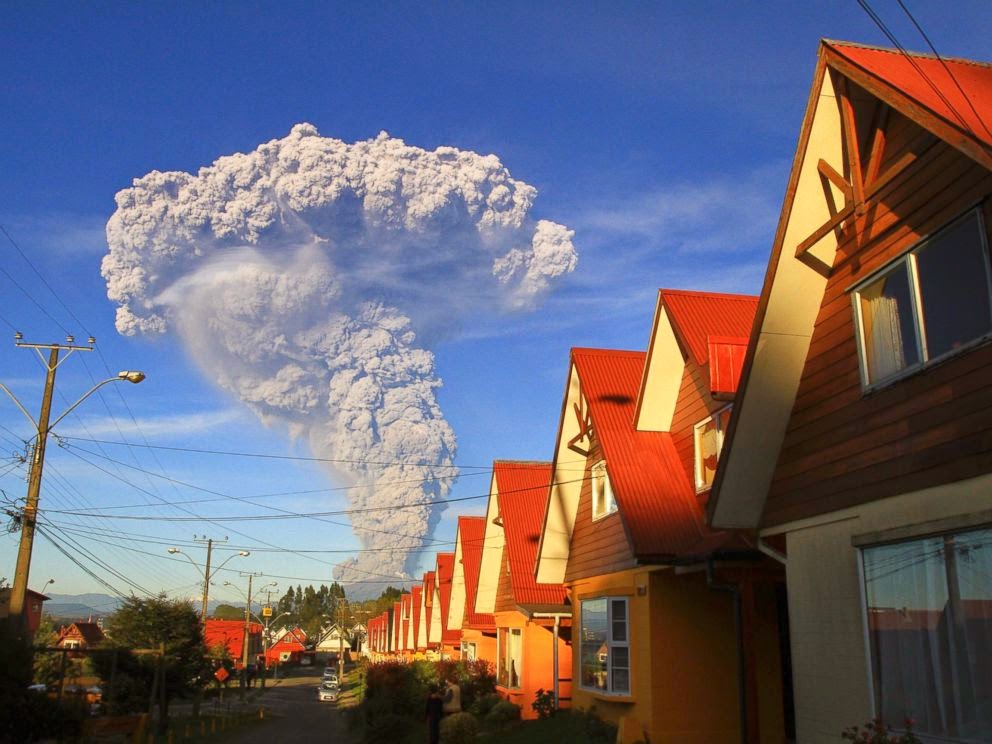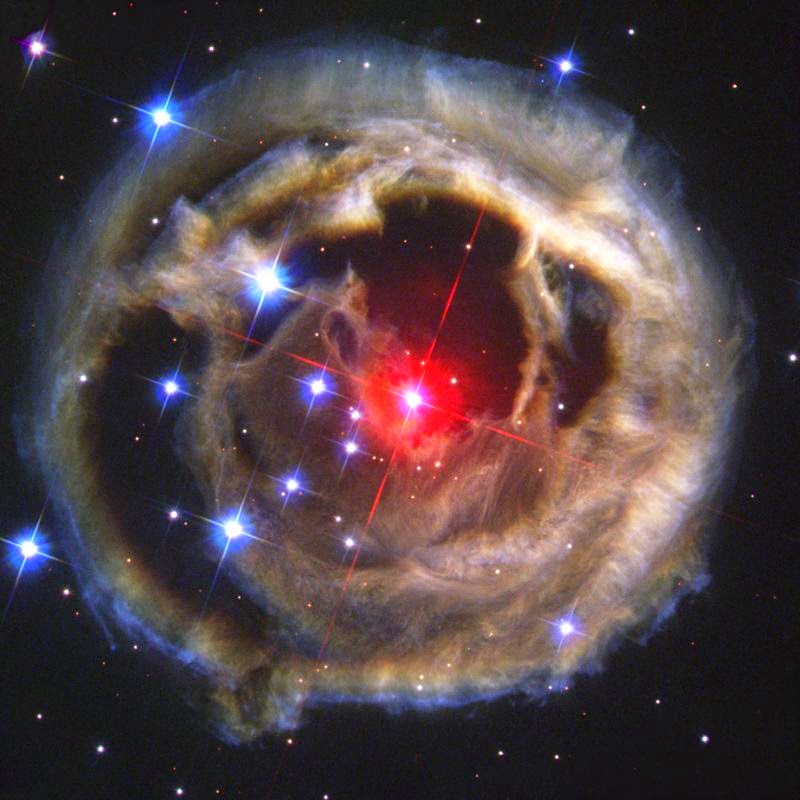
If you missed the
60 Minutes piece last Sunday on the budding space war between the United States, China, and Russia, then you missed a significant story on how Earthbound battles may draw funding and energy away from a space program that looks beyond Earth.
Most of the country's concerns involved the Chinese capabilities to reach the outermost US defense satellites, but the Russians were mentioned as well since one of their recent satellites seems to have the ability to change orbit and trail other satellites. It appears space is now fair game for all.
Of course, the U.S. is not without its own arsenal to track and protect satellites, from the Starfire Optical Range in Albuquerque, a laser that tracks satellite movement, to the Air Force's X37B unmanned space shuttle. And while China has worried the space community with a satellite kill (and troublesome debris) a few years back, the program noted that the U.S. had an earlier satellite kill and a second one more recently. Hence, we are not innocents here.
If the space race becomes a local war we all lose and go nowhere. Let's hope the goal becomes Mars instead. As with the lunar race, we need healthy competition that takes us to new places. Carl Sagan has already warned us about the lonely Pale Blue Dot.


















